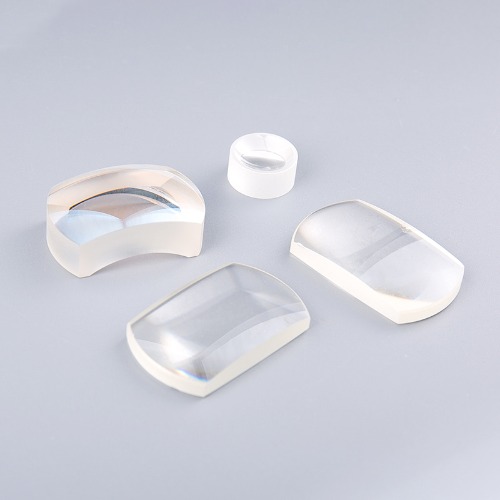Methods to reduce or correct optical spherical aberration mainly include the following:
Aspheric Lenses
Aspheric lenses have non-standard curved surfaces designed according to specific optical requirements. This design helps light rays reflect in a way that conforms more closely to the ideal optical path, effectively reducing or correcting aberrations. Aspheric lenses are widely used in advanced optical systems such as camera lenses and telescopes.
Lens Combinations
By combining multiple lenses or mirrors, the aberrations produced by each component can cancel each other out, thereby reducing or correcting overall aberrations. This method is particularly common in camera lens design, where carefully designed combinations of lenses can maintain image quality while achieving larger apertures and broader focal ranges.
Stopping Down (Aperture Reduction)
For optical spherical mirror, stopping down reduces off-axis light rays, allowing only on-axis rays to contribute to the image. Since on-axis aberrations are relatively smaller, stopping down can reduce aberration effects to some extent. However, this method also decreases the system's light throughput, affecting image brightness and speed.

Optimization of Optical Design
Precise optical design and calculations can optimize the shape, size, materials, and other parameters of spherical lenses to reduce or correct aberrations. Modern optical design software such as Zemax simulates the imaging process of optical systems, helping designers find the optimal design solutions.
Use of Gradient Index Materials
Gradient index materials have a refractive index that varies with position. Lenses made from these materials can control the path of light within the lens, thereby reducing or correcting aberrations. However, manufacturing gradient index materials is challenging and costly, currently mainly applied in specific fields such as fiber optics.
Precision Machining and Assembly
The precision of machining and quality of assembly for optical spherical lenses significantly impact imaging quality. Through precise machining and assembly techniques, the shape, surface smoothness, and other parameters of spherical lenses can meet design requirements, reducing aberrations caused by manufacturing and assembly errors.
Optical Coatings
Applying appropriate optical coatings to the surface of spherical lenses can alter the reflection and transmission characteristics of light, thereby reducing or correcting aberrations to some extent. Optical coating technology is widely used in various optical systems, such as camera lenses and telescopes.
There are diverse methods to reduce or correct optical spherical aberrations, including using aspheric lenses, lens combinations, aperture reduction, optimizing optical design, employing gradient index materials, precision machining and assembly, and utilizing optical coatings. In practical applications, suitable methods or combinations thereof can be chosen based on specific requirements and conditions to achieve the best results.

 English
English 日本語
日本語 русский
русский Español
Español Deutsch
Deutsch 中文简体
中文简体










 苏公网安备32041102000130号
苏公网安备32041102000130号